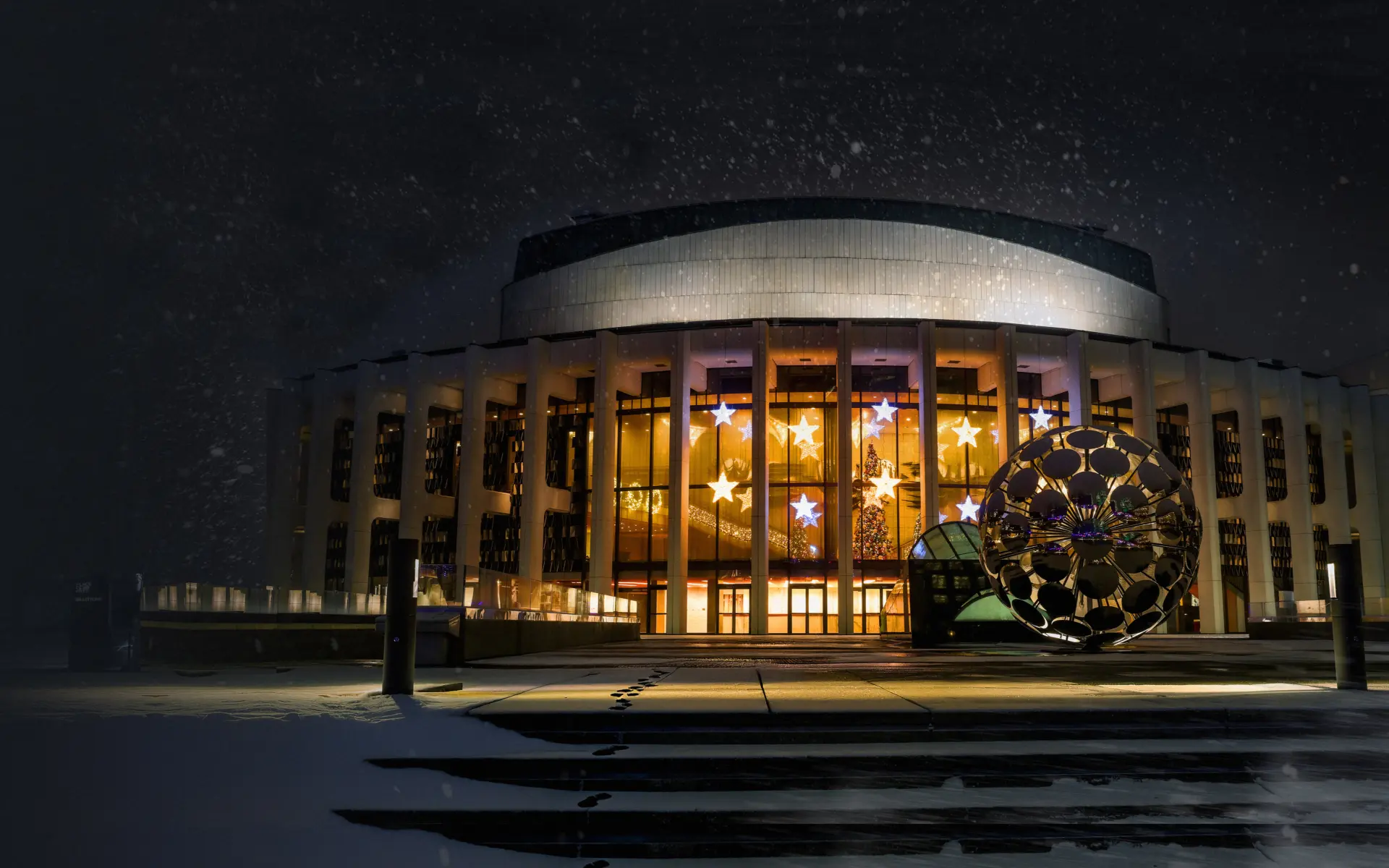Cultural Magazine
Place des Arts: The Heart of Holiday Magic in Montreal
In December, Place des Arts transforms into a veritable enchanted kingdom where the magic of the holiday season is brought to life! Within our walls and all around us, come enjoy festive experiences that are sure to thrill young and old alike.
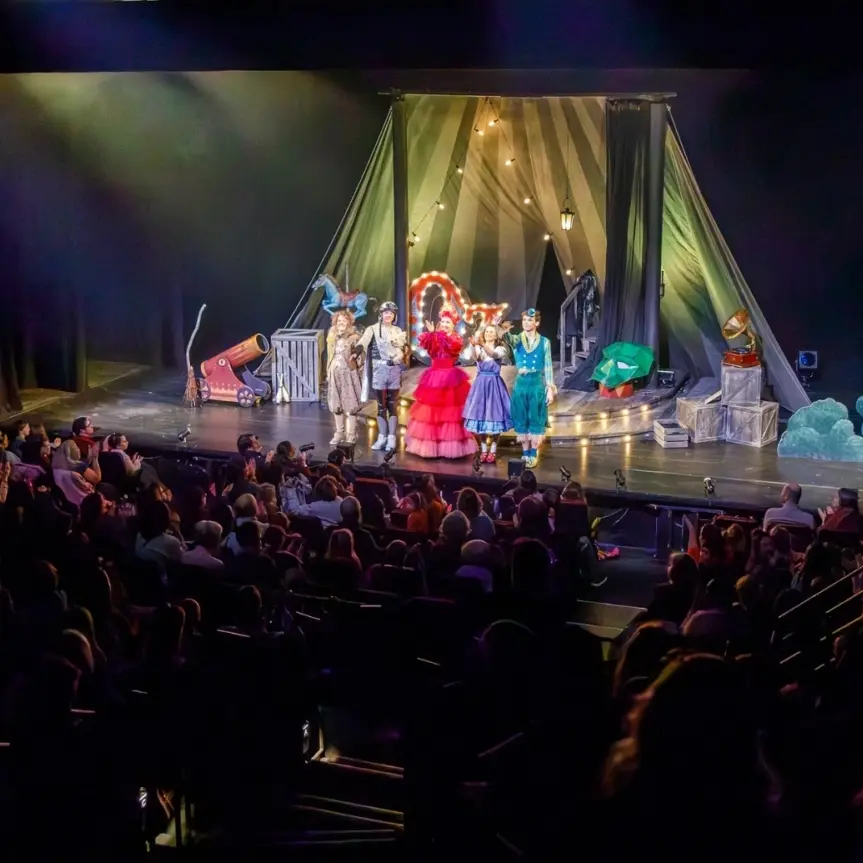
Children’s Shows at Place des Arts: Seven Wonderful Opportunity to Build Memories
More than ever in 2026, Place des Arts is your go-to family destination.
Article Recommendations Family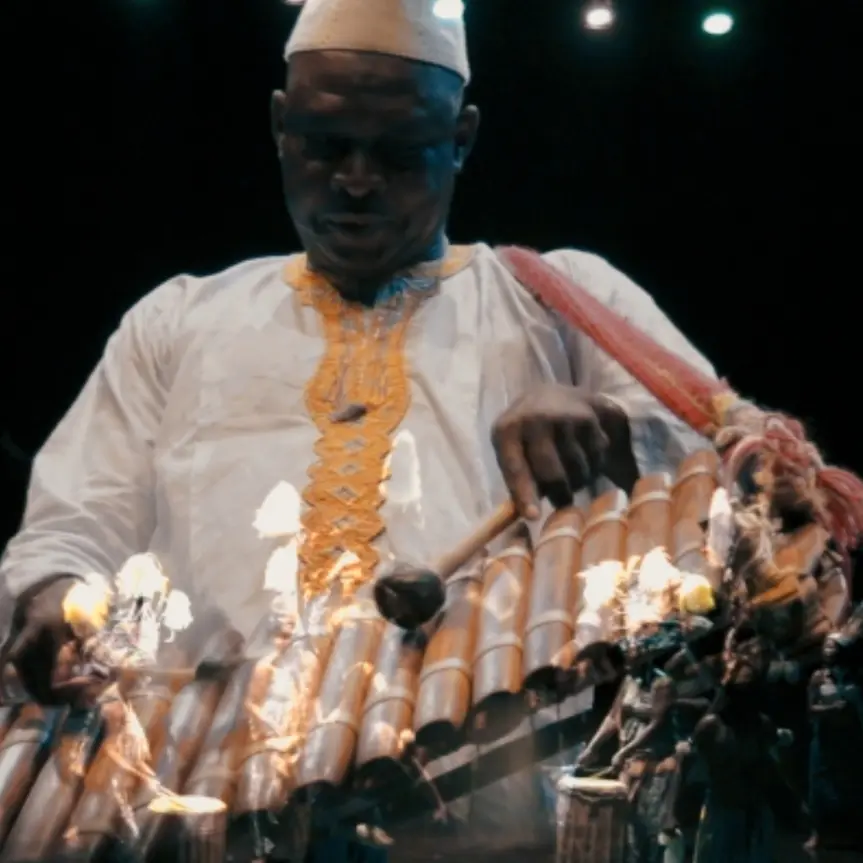
Les Ballets Africains: A Longtime Love Affair with Montreal
Les Ballets Africains is making a spectacular return to Montreal. Founded in 1952, the company come back with a performance presented as part of Arts Monde serie, in collaboration with Nuits d’Afrique, which is celebrating its 40th anniversary.
Article Interviews Show
Place des Arts: The Heart of Holiday Magic in Montreal
In December, Place des Arts transforms into a veritable enchanted kingdom where the magic of the holiday season is brought to life! Within our walls and all around us, come enjoy festive experiences that are sure to thrill young and old alike.
Article Recommendations Event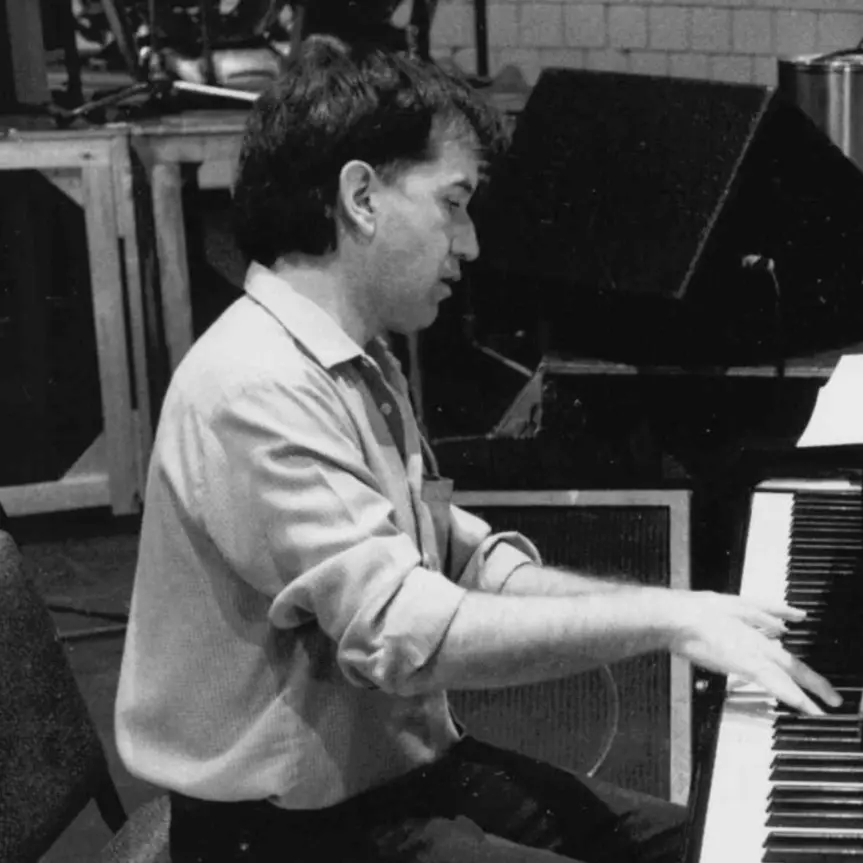
André Gagnon: A Tribute to the Visionary Behind “Neiges”
For the concert Neiges: The OM Celebrates André Gagnon, conductor Léa Moisan-Perrier and pianists Julie Lamontagne and Rousso relate how this luminary gave Quebec instrumental music a certain level of prestige.
Article Portraits Tribute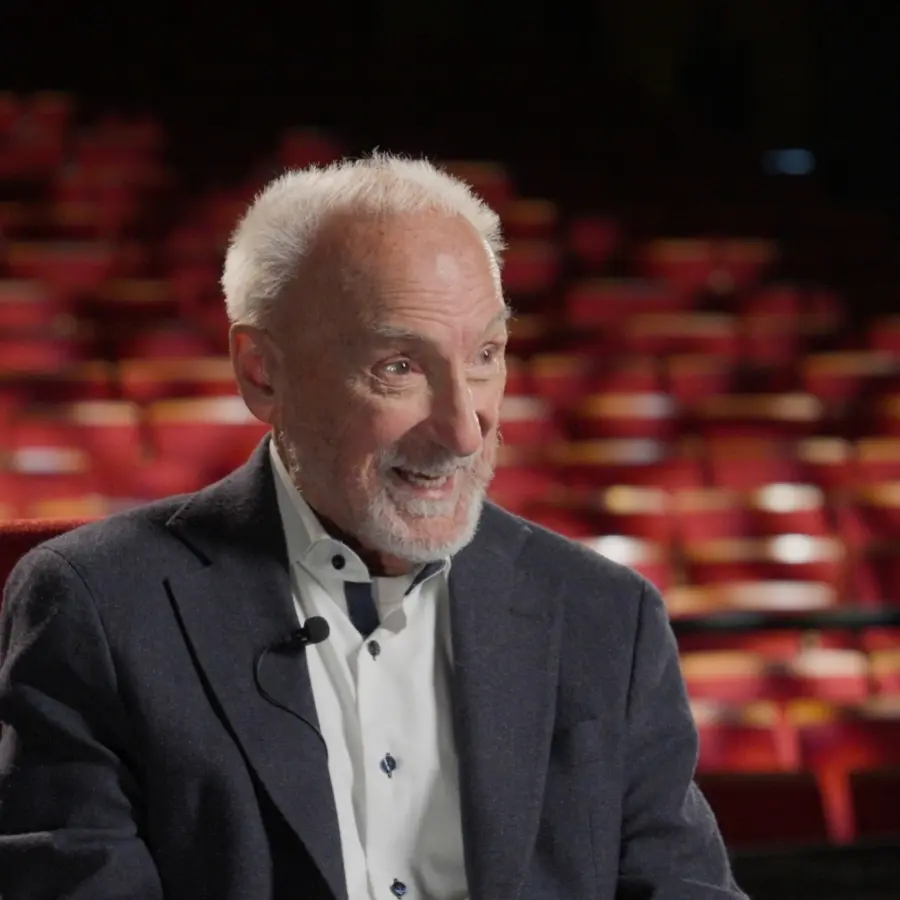
Yvon Deschamps : une vie portée par la scène
Comedian Yvon Deschamps has performed over 500 shows at Théâtre Maisonneuve at Place des Arts in Montreal.
Vidéo Interviews Artist
Dans la loge avec Cindy Daniel
Saviez-vous que Cindy Daniel, l'interprète de Maria dans Don Juan a d'abord joué Elvira? Elle nous ouvre la porte de sa loge pour parler de ces rôles, de l'évolution de la comédie musicale à succès et de sa préparation avant d'entrer sur scène.
Vidéo Behind the Scenes Artist
Hauterive chante Les saisons
Catherine Durand et Mara Tremblay nous ont charmé d'une prestation acoustique de la chanson Les saisons, extrait de leur projet en duo intitulé Hauterive.
Vidéo Performances Series
Alexandra Stréliski's surprise performance
Alexandra Stréliski treated us to a surprise performance in front of the Esplanade of Place des Arts on May 19, 2023. A moment of sweetness offered by Place des Arts, before the summer's excitement ignited Montreal.
Vidéo Performances Event
